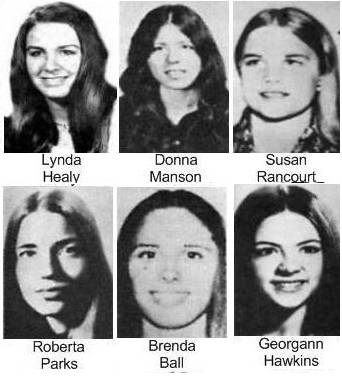The Sadistic Sociopath
Theodore Robert Bundy November 24, 1946 – January 24, 1989, was an American serial killer who kidnapped, raped, and murdered numerous young women and girls during the 1970s and possibly earlier. After more than a decade of denials, before his execution in 1989, he confessed to 30 homicides that he committed in seven states between 1974 and 1978. The true number of victims is unknown and possibly higher.
Bundy was regarded as handsome and charismatic, traits that he may have exploited to win the trust of victims and society. He would typically approach his victims in public places, feigning injury or disability, or impersonating an authority figure, before overpowering, raping and killing them in secluded locations. He sometimes revisited his secondary crime scenes, grooming and performing sexual acts with the decomposing corpses until putrefaction and destruction by wild animals made any further interactions impossible. He decapitated at least 12 victims and kept some of the severed heads as mementos in his apartment. On a few occasions, he broke into dwellings at night and bludgeoned his victims as they slept.


In 1975, Bundy was jailed for the first time when he was incarcerated in Utah for aggravated kidnapping and attempted a criminal assault. He then became a suspect in a progressively longer list of unsolved homicides in several states. Facing murder charges in Colorado, he engineered two dramatic escapes and committed further assaults in Florida, including three murders, before his ultimate recapture in 1978. For the Florida homicides, he received three death sentences in two separate trials. Bundy was executed in the electric chair at Florida State Prison in Raiford, Florida on January 24, 1989

Comments
Post a Comment